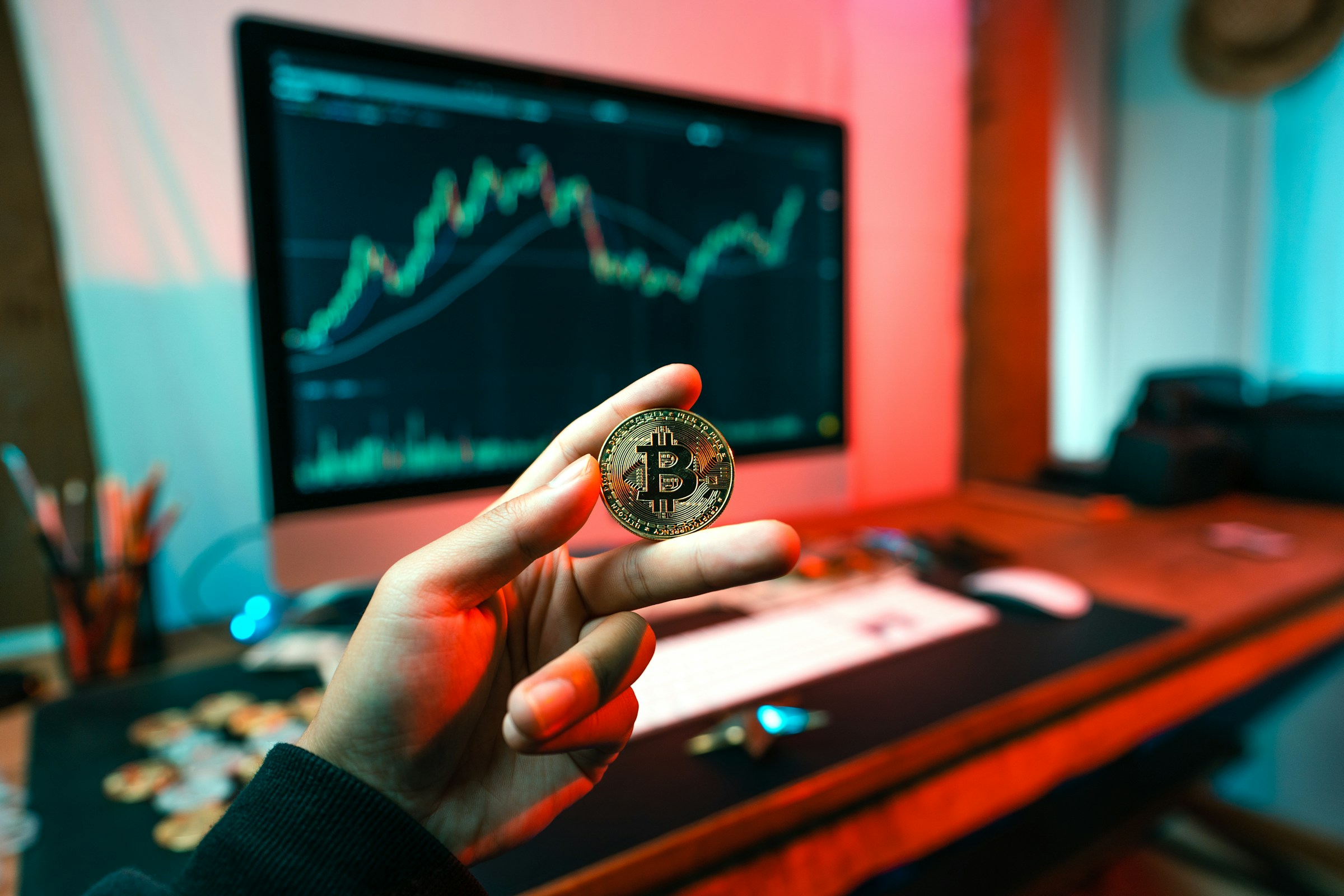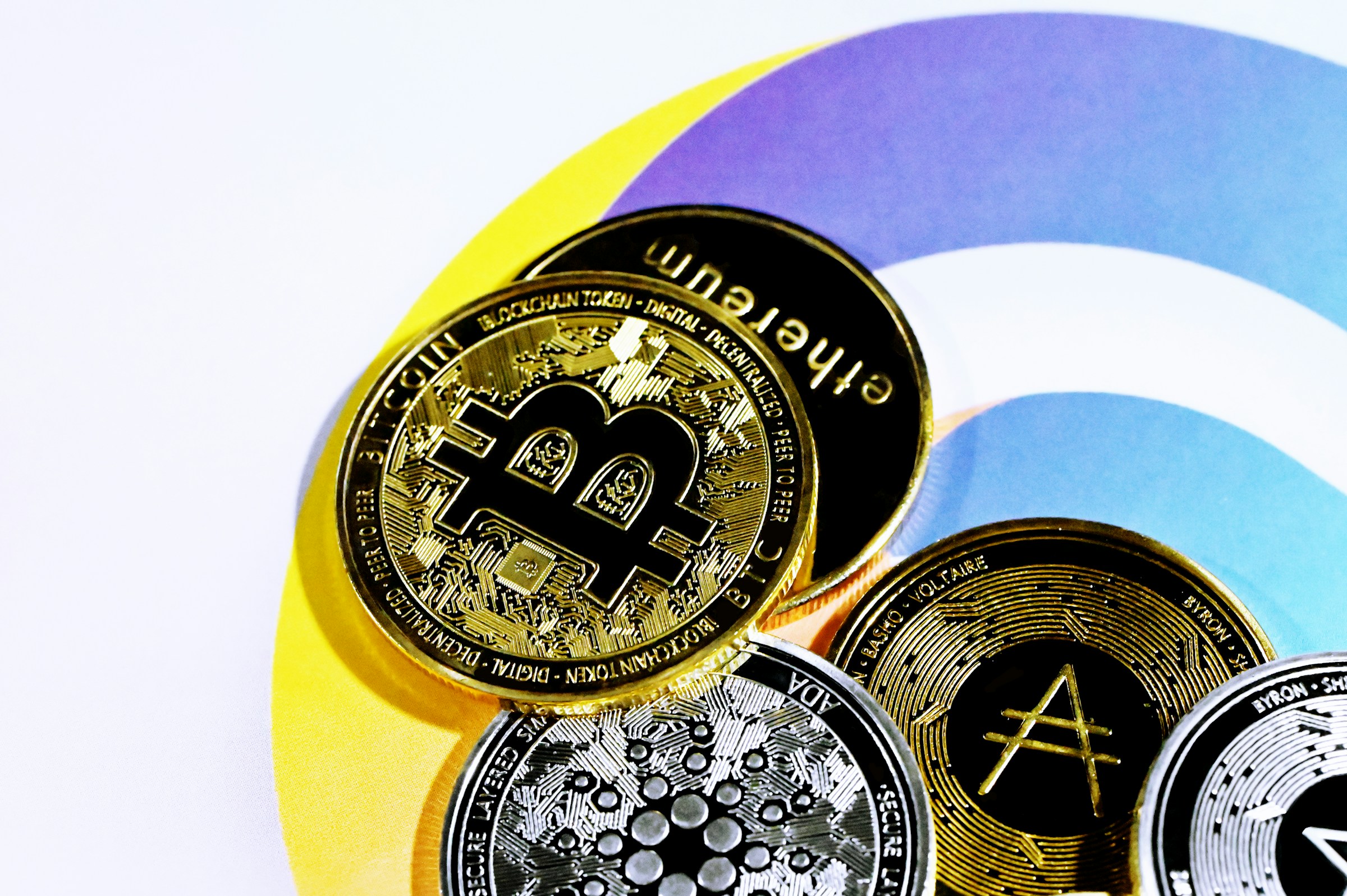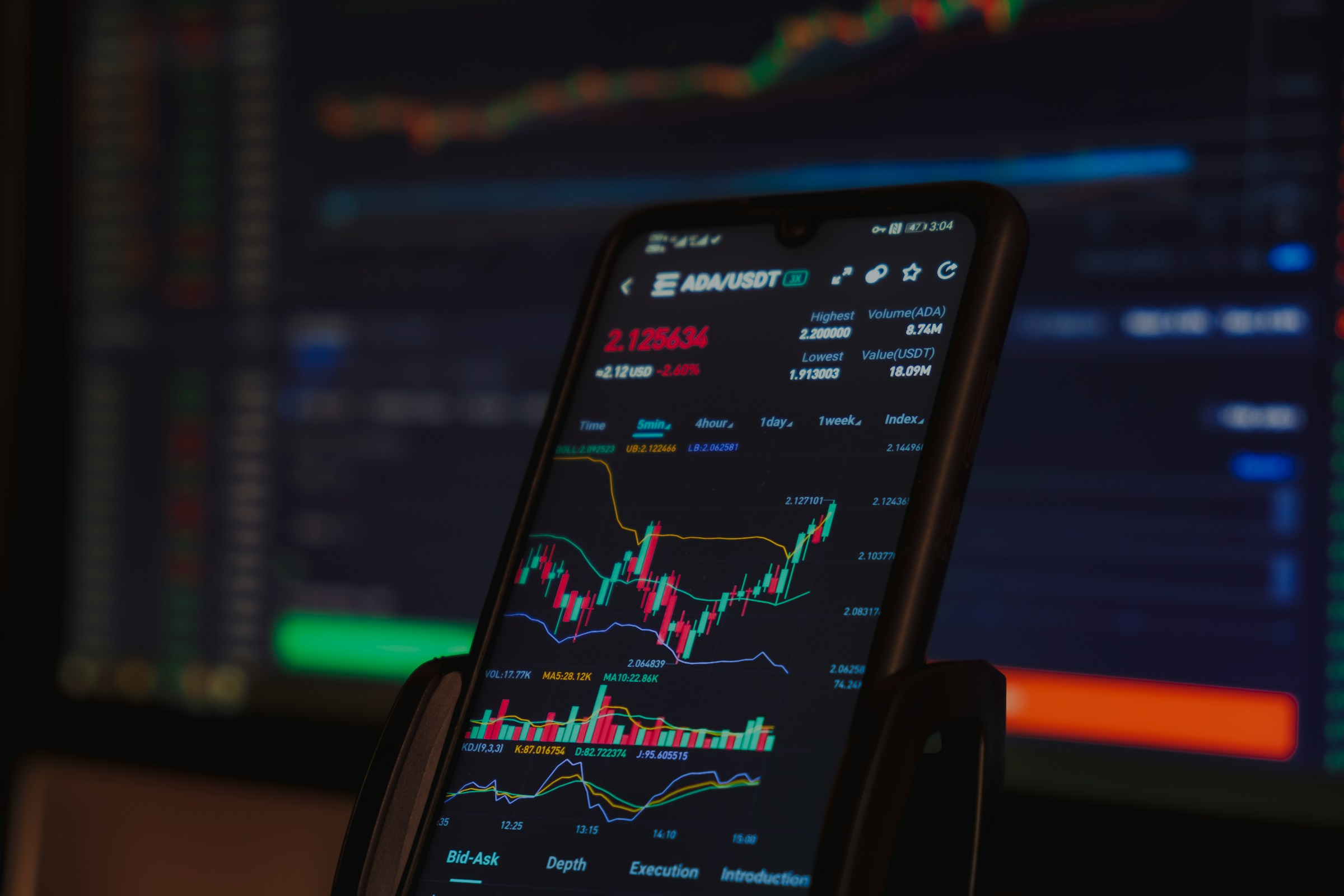In the ever-expanding world of cryptocurrency, many digital assets promise innovation, fast transactions, and enhanced security. Yet, among the multitude of coins and tokens, XRP continues to carve out a unique space. Developed by Ripple Labs, XRP was designed with a specific mission: to make cross-border payments faster, cheaper, and more efficient. While many cryptocurrencies are often seen as speculative investments, XRP’s utility as a payment solution is what truly sets it apart in the crypto market.
If you’re looking to understand why XRP stands out in the cryptocurrency market, let’s explore the factors that make this digital asset a worthy consideration for investors.

1. Built for Real-World Use Cases
Unlike other cryptocurrencies that primarily focus on being a store of value or alternative currency, XRP was created with a specific goal in mind: improving global payment systems. The traditional international money transfer process can be slow, costly, and inefficient. International banks often rely on a system that can take days to settle, with high fees and multiple intermediaries involved. Ripple’s solution? XRP.
RippleNet, the network that facilitates XRP transactions, allows for near-instantaneous cross-border transfers, reducing the time from days to seconds. In addition to speed, XRP transactions cost only a fraction of what traditional banking systems charge. This real-world utility makes XRP not just another speculative digital asset but a tool designed to solve an everyday problem: the inefficiencies of cross-border payments. If you’re looking to take advantage of this innovative solution, you can buy XRP through platforms like MoonPay to experience its benefits firsthand.
2. Fast Transactions with Low Fees
One of the biggest advantages of XRP is its speed. While Bitcoin and Ethereum can take minutes or even hours for a transaction to clear, XRP transactions are processed in under 5 seconds. This near-instant settlement time makes XRP ideal for both individuals and businesses that need to send money across borders quickly and affordably.
On top of speed, XRP transactions have minimal fees. Traditional banks can charge hefty fees for international money transfers, and the cost only increases when there are multiple intermediaries involved. With XRP, however, the fees are low, ensuring that the transfer remains affordable, no matter how large or small.
3. Adoption by Major Financial Institutions
One of the standout features of XRP is its adoption by a growing number of financial institutions and payment providers worldwide. Ripple, the company behind XRP, has formed partnerships with major banks, payment processors, and financial institutions such as Santander, Standard Chartered, PNC, and SBI Holdings. These partnerships provide XRP with an established and growing user base, further cementing its place as a serious player in the digital payments industry.
Ripple’s solution isn’t just limited to remittances or individual transfers; it’s also being utilized by global financial institutions looking to streamline their cross-border payment systems. With major players backing it, XRP’s credibility and long-term potential continue to grow.
4. Scalability for Global Payment Networks
XRP is designed to handle high transaction volumes, making it a scalable solution for global payment networks. As the world’s financial systems increasingly look to digitize and modernize, scalability becomes a key consideration. RippleNet’s decentralized network, which uses XRP for settlement, can handle large volumes of transactions without sacrificing speed or security.
Ripple’s network is capable of processing 1,500 transactions per second (tps), making it one of the most scalable solutions in the cryptocurrency market. For comparison, Bitcoin can handle roughly 7 transactions per second, while Ethereum can process around 30. This scalability makes XRP a strong candidate for enterprises that require high-volume payment solutions.

5. A Stronger Environmental Footprint
Environmental sustainability is a growing concern for many industries, including cryptocurrency. The energy consumption of Proof-of-Work (PoW) blockchains like Bitcoin and Ethereum has been a major point of criticism due to the high computational power needed to validate transactions. In contrast, XRP uses a consensus algorithm, which is far more energy-efficient.
Ripple’s consensus algorithm doesn’t require miners to solve complex mathematical puzzles, reducing the overall energy consumption of the network. As the world becomes more environmentally conscious, this energy-efficient approach to transaction validation positions XRP as a more sustainable option for future growth.
6. XRP’s Potential for Future Growth
With its strong foundation, established use case, and increasing adoption by both institutional and retail investors, XRP’s potential for future growth is considerable. Ripple Labs continues to innovate and build partnerships, and with the ongoing global shift towards digital payments, XRP’s utility as a bridge currency in cross-border payments is becoming more apparent.
In addition, Ripple has worked tirelessly to ensure that XRP operates within regulatory frameworks, ensuring compliance with various jurisdictions. This proactive approach to regulation could potentially provide XRP with a more stable path toward long-term adoption, reducing regulatory uncertainty for investors.
7. How to Buy XRP
If you’re interested in adding XRP to your portfolio, it’s important to choose a reliable and secure platform. Many cryptocurrency exchanges provide straightforward access to this digital asset. Whether you’re an experienced investor or new to cryptocurrencies, there are platforms available that offer easy-to-use solutions for purchasing XRP using a variety of payment methods, including credit cards and bank transfers.
Final Thoughts
XRP’s ability to solve real-world problems in the financial world is one of the key reasons it continues to stand out in the crowded cryptocurrency market. From its speed and low fees to its growing institutional adoption and environmentally-friendly design, XRP is far more than just a speculative asset. As global financial systems continue to evolve, XRP’s role in facilitating cross-border payments and offering scalable solutions is likely to become even more crucial.
With a strong foundation, increasing real-world use cases, and continued innovation, XRP offers both practical utility and investment potential. Whether you’re looking for a fast, cost-effective way to send money across borders or seeking to add a unique asset to your investment portfolio, XRP stands out as a digital asset that’s designed to last.
